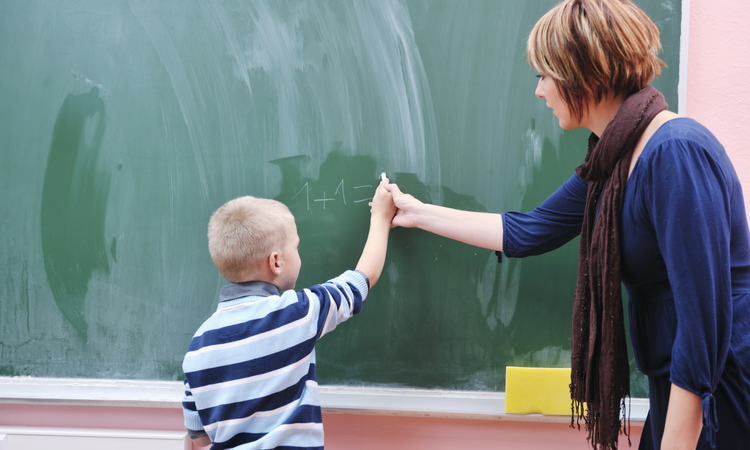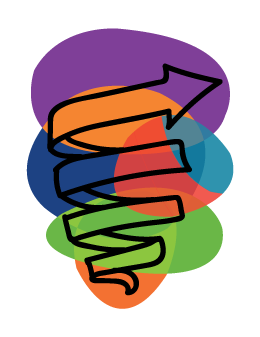You are here
How to teach literacy and mathematics so each learner's needs are met
What’s the point of mathematics and literacy?
The point of mathematics and literacy learning is so that students can connect and engage with the world around them long after they’ve left the classroom. But how do you know that learning actually occurred? They might be able to perform alright - or even great on assessments - but that doesn’t mean that students are able to transfer the problem solving and strategic thinking skills they’re supposed to be developing to new contexts. Influencing your students’ thinking and understanding as well as their learning really boils down to knowing if the interventions you’re using are having the desired impact.

Making Mathematics
Learning Visible
Success in crucial areas
The key to developing skills such as problem solving, abstract thinking, making sense of structure, evaluation, and creativity is first making sure that students know how to become their own teachers. When students know how to teach themselves, they essentially have a “toolbox” of strategies and skills to help them understand or overcome a miriad of problems and situations. But even more importantly, it’s crucial that they know when to pull these “tools” out.
For example, if you were to take your students for a walk through the park to develop their observation skills, you wouldn’t give them hiking poles, would you? No! You’d give them notepads, pencils, a magnifying glass, and maybe binoculars - the appropriate tools to accomplish the tasks you're asking them to do.
The three stages of learning
There are three stages in the learning process: surface, deep, and transfer.

- Surface: Build understanding of a new topic
- Deep: Make conceptual connections
- Transfer: Apply understanding to new contexts
As education researcher John Hattie explains in his book Visible Learning, most strategies that a teacher tries in the classroom are going to have some kind of impact — usually positive — on student learning; but if that’s the case, why not work on those factors with the strongest effect?
The key, however, is not just identifying what practices work, but when they work.
You can’t get to transfer learning without deep learning; and deep learning can’t occur without surface learning (not to mention the prior knowledge that each student has as well). You’ll be able to influence your students’ learning – no matter what age or grade – when you correctly use these stages and evidence-based interventions to put “tools” in your students’ “toolboxes.” Think about this investment: eventually they’ll be able to use those “tools” in situations and contexts not related to literacy or mathematics at all.
Put tools in their toolbox
Visible Learning for Mathematics and Visible Learning for Literacy are part of the Visible Learningplus Practice Series. The Practice Series is a collection of professional learning sessions that help teachers specifically put John Hattie’s research into practice at the right time for maximum impact on their students’ learning. During these sessions, teachers discover the strategies that build conceptual understanding of mathematical or literacy ideas and learn to design classroom experience that hit the surface, deep, and transfer phases of learning. This way, teachers will be able to give the notepads and pencils when needed, the maps when needed, and the hiking poles when needed.
Not just another math and literacy program
The Practice Series is based on more than 25 years of research and many more years of experience of educators and thought leaders across the world. It’s based on one simple belief: every student should experience at least on year’s growth over the course of one school year. If you’re not sure if or how you’re going to help your students’ growth, success, and achievement in literacy or mathematics, then it might be a great time to get in touch. Our Senior Professional Learning Advisors can help advise you on the best course of action for your school and students. Not to mention that they can customize a PD program to best fit your needs and resources.
Learn more
Why the Practice Series works:
- Customized PD based on your students’ actual needs and growth targets
- Builds students’ conceptual understanding so they can transfer learning and skills to new contexts
- Evidence practices are embedded for long-term sustainable impact

Scaffolding in a Visible
Learning Classroom
Visible Learners: How Do You Know When You're Successful?
Teaching Mathematics in the Visible Learning Classroom